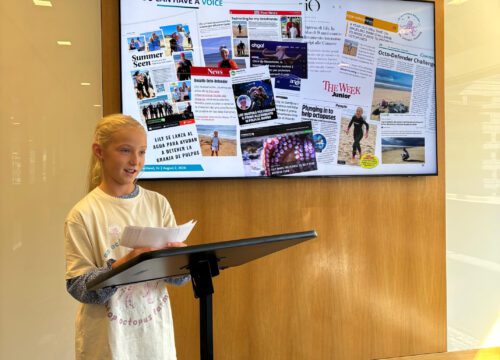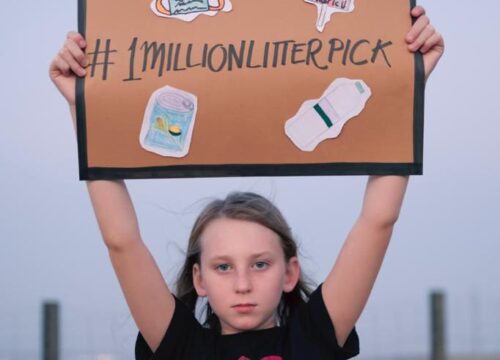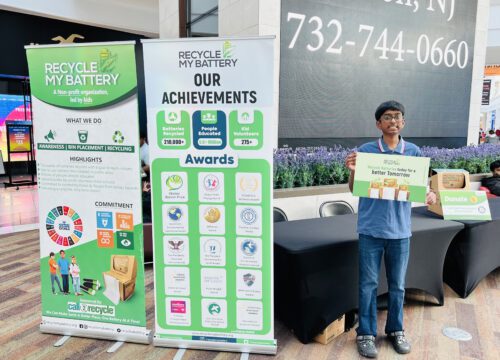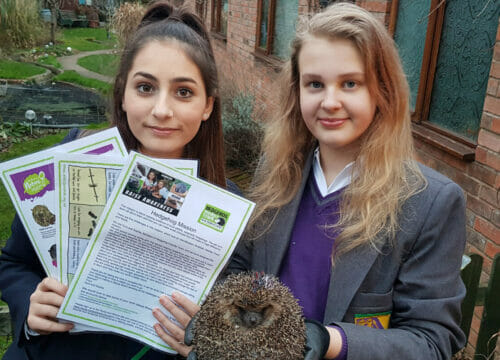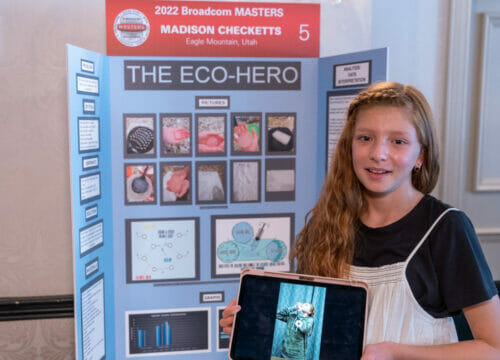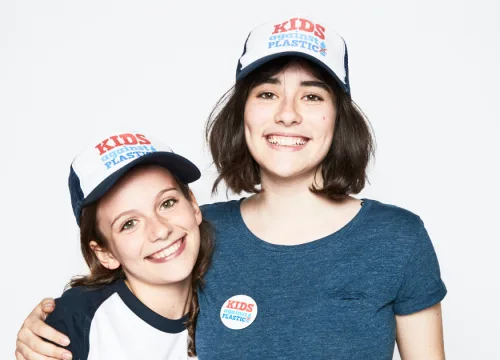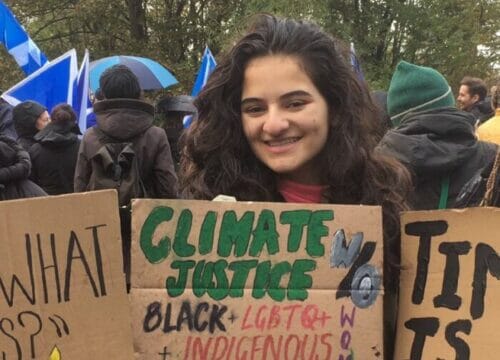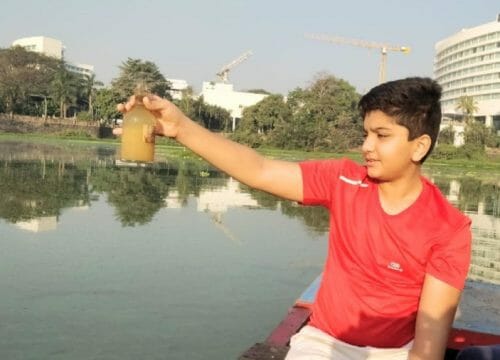The Children’s Book Project is a charity that aims to make sure every child has their very own books to read and enjoy. 📚✨
Sustainable Cities & Communities
Inclusive, safe, and affordable cities and communities

1. THE PROBLEM
Have you ever thought of all the things that make up the area that you live in? What makes it good or bad?
In an ideal world all cities and communities would be safe, affordable, clean green and inclusive. But sometimes these things don’t work out, and cities become unpleasant places to live; the air might be very polluted or certain groups of people might feel excluded.

2. The Solution
So what can we do to help?
We need to manage cities and communities to meet the needs of people without harming the environment. We also need to tackle inequalities so that people can share equally in the benefits of the city. Finally, inclusion should be promoted so that no one feels left out.

3. Take Action
There are lots of ways that anyone, including you, can make a difference to make cities and communities more sustainable. For example, you could: host an inclusive street party or volunteer at a street clean up.
Everyone can take action to make real change. What will you do?


4. CHARITIES
There are lots of charities that need your help to make cities and communities more sustainable.
For example, The Royal Parks look after London’s Royal Parks so everyone can enjoy the wonderful outdoor spaces and Campaign for Better Transport improves public transport so that people can get around in an environmentally friendly, reliable, safe and affordable way.
See how you can support them in their amazing work.
Humans have been building cities for thousands of years. Ancient civilizations like the Greeks designed and built cities for the good of everyone living there. They made it easy to travel by planning streets in straight lines, they kept everyone fed and watered by setting up markets and building aqueducts and they even pioneered public parks where people could relax in nature.
Bringing people together in cities and communities has led to greater culture, innovation, wealth, education, life expectancy and tourism, to name just a few things!
The world has examples of some terrible cities, as well as some wonderful ones. If certain things aren’t done right, a city or community can become quite awful to live in.
The perfect city or community is:
- Safe – nobody should have to worry about someone hurting them or stealing from them.
- Affordable – it shouldn’t cost a fortune to live somewhere!
- Clean – everything should feel nice and fresh so that diseases don’t spread.
- Green – people’s lifestyles shouldn’t be harming the environment.
- Inclusive – it should be easy to be who you are and to do what you love doing, wherever you live.
When cities and communities are all these things, people can lead healthy, happy and productive lives.
The problem
4,200,000,000
PEOPLE LIVE IN CITIES
99%
of the world’s urban population breathe polluted air
1,000,000,000
PEOPLE LIVE IN slums
More Than Half of the World Lives in Cities
Even though cities can offer people so much, they also breed serious problems. Sometimes, they manage natural resources poorly. Cities also put inequalities on display because it’s easy to see when everyone doesn’t have the same privileges. Some people are also excluded from certain places and communities.
Keep reading to learn about some of the problems that cities and communities face.
1. Natural Resource Exploitation
Sometimes natural resources aren’t used wisely. They could be poorly looked after or overexploited. For example,
More and more people are moving to cities. Bits of nature that are found inside cities, called green spaces, are being replaced with housing. It’s a pity because green spaces help people to relax and stay happy and healthy. These pockets of nature are also good for the health of the planet, absorbing carbon dioxide from the air and slowing global warming. Structures such as buildings and roads have the opposite effect. They absorb and re-emit the sun’s heat more than natural areas do, causing temperatures to rise. This is called the ‘heat island effect’. This means that areas of cities where there aren’t many green spaces can get hot and uncomfortable in certain parts of the world.
As more people move to cities, there are more cars on the road and factories work harder and harder. Cars and factories burn fossil fuels, releasing greenhouse gases, which are bad for the environment and human health. This is especially bad in countries where roads are very congested as cars continue to emit carbon dioxide even in traffic jams.
Cities have many effects on water quality. When it rains, runoff water carries oil, rubber and heavy metals that cars shed on the roads, into water bodies like rivers, lakes and wetlands. Water is also polluted by sewage. Many cities let their sewage flow directly into rivers – which is a fairly disgusting thing to do.
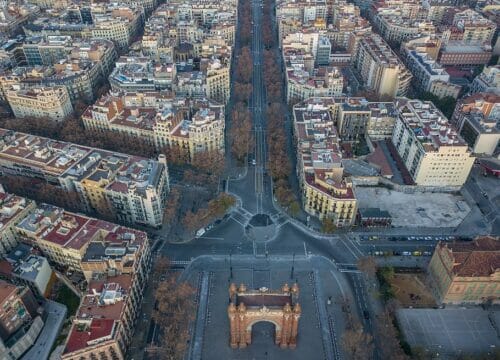
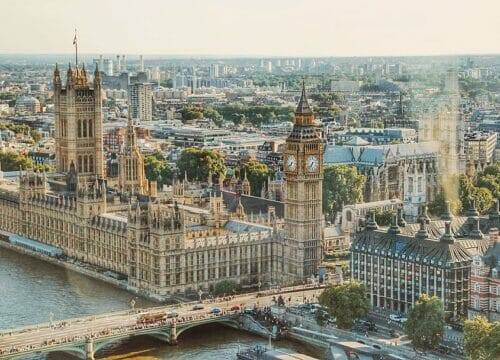
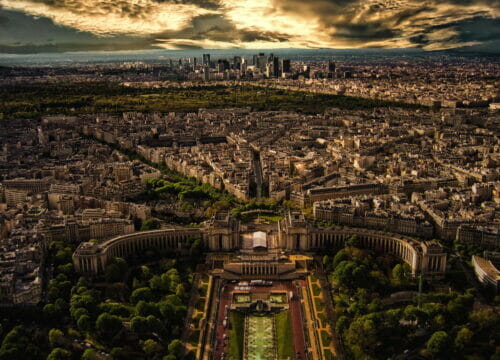

Take a look at the pictures above showing a view of some of the world’s big cities taken from the sky. You might recognise some of these cities from having visited them or even living there! Think about what they look like now and what they might have looked like a thousand years ago – might there have been more green space? Or fewer polluting cars and buildings?
2. Inequalities
There are inequalities in cities – not everyone shares equally in the benefits of a city. For example,
- Some people live in large homes with big bedrooms and gardens, while others live in overcrowded housing and some have no homes at all.
- Some people may live in areas where there is a lot of air pollution (for example near big roads and factories), while others may live in areas where the air is quite clean.
- Some people live next to great hospitals, schools, libraries, etc., whilst others don’t have access to these public services.
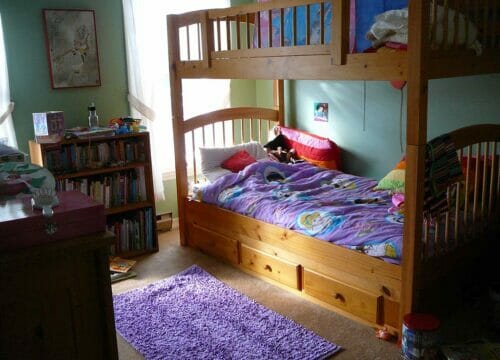
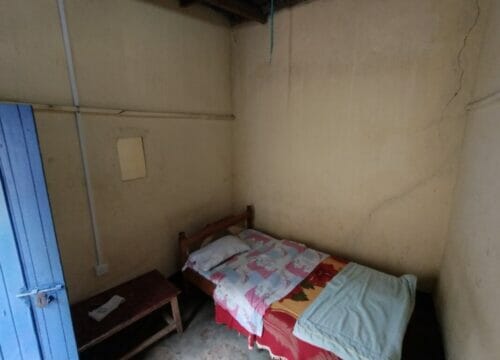
3. Exclusion
It is easy to feel isolated from communities.
People in all cities, big and small, can feel isolated. For example, in big cities, people who are disabled may be excluded because buildings weren’t designed with them in mind. For example, someone in a wheelchair may not be able to get up the stairs. In smaller cities, older people may be excluded because there isn’t much public transport so it is difficult to get around.
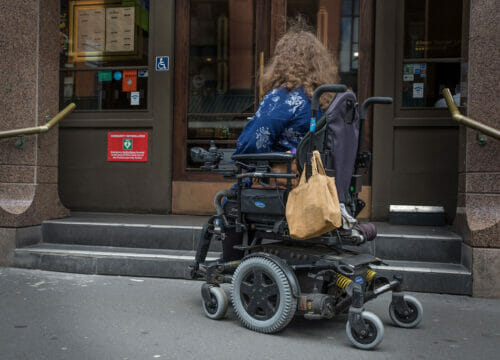
Take a Guess
The Solution
Cities need to be as alive as the people in them. They should change and grow with the needs of the people living there so that they continue to be places where everyone can learn, work and enjoy where they live. They also need to adapt to the needs of the environment, becoming greener and better for the planet we call home.
1. Improve Management
It is vital to put lots of thought and planning into maintaining cities and communities to meet the needs of people without harming the environment.
Rules to Protect Nature
Rules and guidelines should be put into place to protect the city’s best green spaces and natural areas. As cities start squeezing more and more buildings into the same amount of space, people need to be creative with designing and making good use of green spaces. For example, by building green roofs and walls. Watch the video on the right titled ‘cities of the future’, describing cities around the world that are making drastic transitions to become more sustainable.
Laws to ban the dumping of raw sewage (sewage that hasn’t been cleaned up) into rivers should be implemented.
Improvements to Transport Networks
Improve transport around the city to minimise pollution from cars. This can include improving public transport networks or pedestrianising streets (meaning that cars will no longer be allowed down those streets). Watch the news video on the right debating the pedestrianisation of Oxford Street in London in 2017. In 2021 it was finally decided that by the end of 2021 certain areas of Oxford Street would be pedestrianised. Think about the advantages and disadvantages for different groups of people. How might a shop owner, shop customer, runner or taxi driver feel about the change?
2. Tackle Inequality
It is important to adopt systems so that people can share equally in the benefits of the city.
Progressive Tax Systems
Tax systems that spread money around more evenly and improve access to public services can help reduce inequalities. Progressive tax systems, for example, are when wealthy people have to pay more tax than poor people. The tax money then gets spent on public services so that everyone can access the services. Watch the video on the right to learn more about progressive tax systems.
3. Promote Inclusion
It is important to put rules and guidelines in place so that no one feels left out or isolated.
Improvements to Transport Networks
Improve transport so that people can easily get to where they want to go to meet and interact with other people. This includes providing enough buses, trains and trams but also making them accessible to everyone no matter their age, physical abilities or how much money they have.
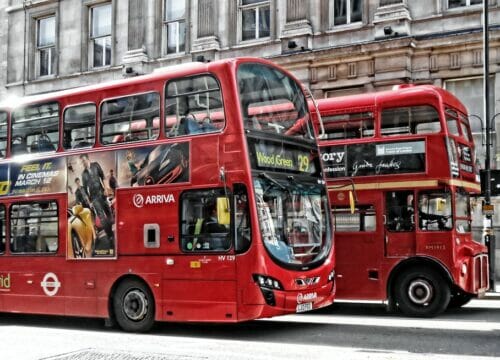
Introduction of Inclusive Events
Set up and encourage free and accessible events for people to meet each other. For example, street parties or clubs for people that share the same interests.
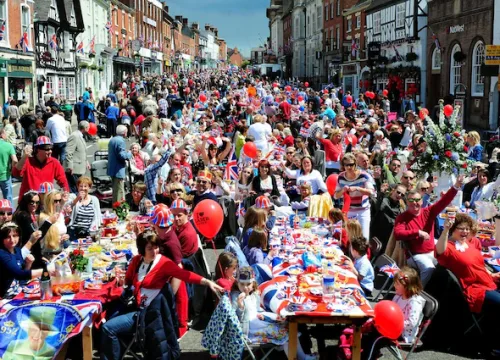
Take action
Now that you understand a bit more about Sustainable Cities and Communities, it’s time to make a difference. If you want to do something practical to help, the power is in your hands. Take a look at some ways you can take action right now.
Fundraise
- You can make a massive difference to people and the planet by doing fundraising for charities that work to make cities and communities sustainable. Some of the things the money you raise can achieve:
- £6 pays for an online safety course for a volunteer litter-picking group leader.
- £20 supplies a volunteer litter-picking group with 250 council-approved bags to clear rubbish.

- Grow your own urban garden. Use any outdoor space that you have to grow plants – it can be a garden, a roof terrace, a balcony or even a windowsill! Talk to your parents or guardians about your urban greening ideas as they may be able to help you choose a plant that is well suited for your environment.
- Do things to include people that seem to be excluded. This could be at school, where you might ask someone who is always on their own at break time to join the game you are playing, or in your community, where you could organise an event for the elderly.
- Write to businesses to encourage them to adopt flexible working timetables so that people can travel to and from the office at any time they choose. Explain to them that this will make pollution and traffic jams less of a problem.
- Write to your local MP to ask them to pedestrianize some streets in your town to minimize air pollution from cars – making the street a safer and nicer place to be.
- Make a speech or assembly about pollution in our cities and communities. Encourage your classmates to do their bit to minimise pollution. For example, they could walk to school instead of driving.
- Talk to your friends and their parents and guardians to ask whether they want to car share for the school run. It will save parents time and limit pollution – a win-win situation!
- Host your own street party. You will need to: 1) Choose a date; 2) Draft invitations, including telling people of the date, time, place and what they need to bring (save yourself money and hassle by asking everyone to bring their own food/drink/table/chairs!); 3) Write up (or print!) the invitations and walk your street, posting an invitation in every letterbox; 4) Come up with some games and music to liven up the party – quizzes always go down well! ; 5) Enjoy the party! (If you live in the UK and want to ask the council to close the road for the party, ask a grown-up to help you complete this form)
- Organise a street clean up. You will need to: 1) Choose a date and a street that needs cleaning up; 2) Find a grownup who is willing to support the event; 3) Spread the word using for example, posters at school, assemblies at school and letters to people living on your street – be sure to tell people the date, time and where you will meet for your clean up; 4) Organise rubbish bags and remind people to bring gloves; 5) Enjoy your clean up!
- Use the App Litterati to geotag the rubbish that you collect so that companies can see which of their products end up in the seas
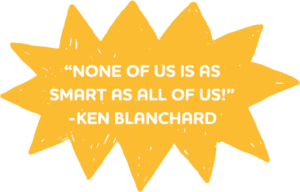
If you have any other ideas of SuperKind things people can do to make cities and communities more sustainable, we would love to hear from you here.
Support These Amazing Charities
Kids Against Plastic
Kids Against Plastic is a youth-led charity that aims to help young people (and not so young people) learn about environmental issues and take action against them.
Friends of the Earth
We’re here to protect the natural world and the wellbeing of everyone in it.
Campaign for Better Transport
Campaign for Better Transport is the leading national charity making the case for public transport’s vital role in protecting the environment, connecting communities and supporting the economy.
Change-Makers
Here are some amazing young people who cared about Sustainable Cities and Communities and took action to make change happen. These change makers were all passionate about the same cause but used their unique skills to make change happen in different ways.
Everyone can help make a difference. Consider what your unique superpower might be. Are you someone with a strong voice who likes to spread awareness by talking to everyone you meet? Or do you prefer a behind the scenes approach – making sure that donations are collected to take to those in need?
Ali Waters Galán
Campaigning for people and businesses to stop using single-use plastics since they were 10 and 12 years old.
Sri Nihal Tammana
Campaigning to promote proper battery disposal and recycling since he was 10 years old.
Kyra Barboutis and Sophie Smith
Saving the lives of hundreds of hedgehogs in the UK since they were 9 years old.
Amy and Ella Meek
Campaigning for people and businesses to stop using single-use plastics since they were 10 and 12 years old.










